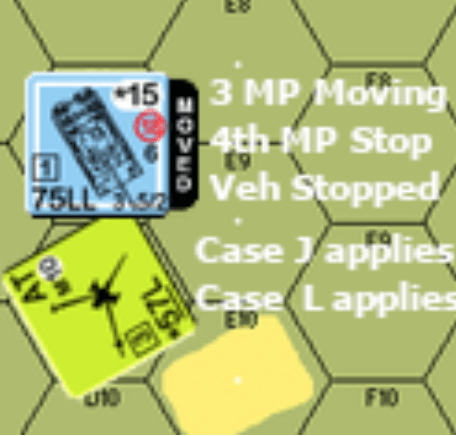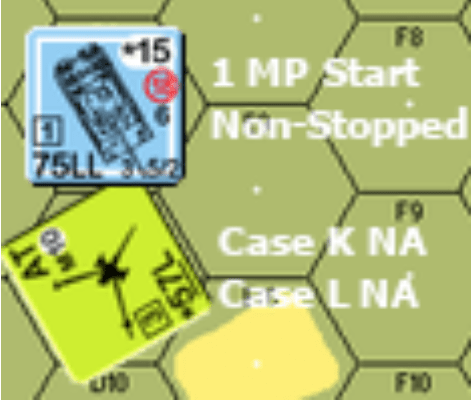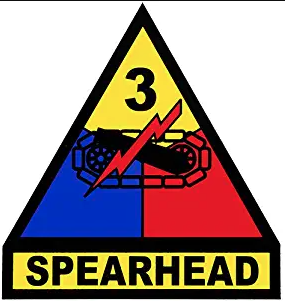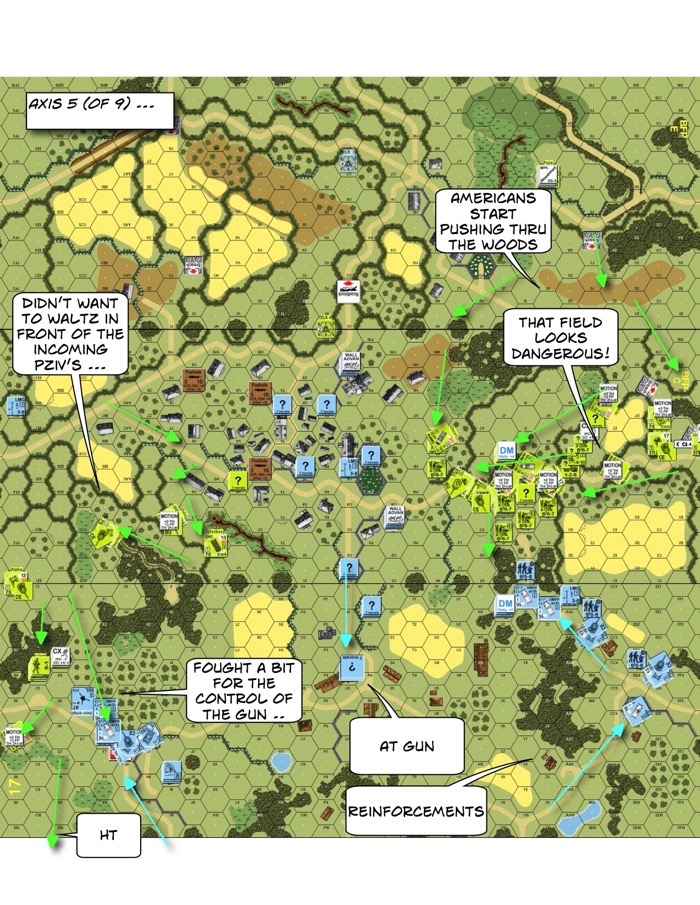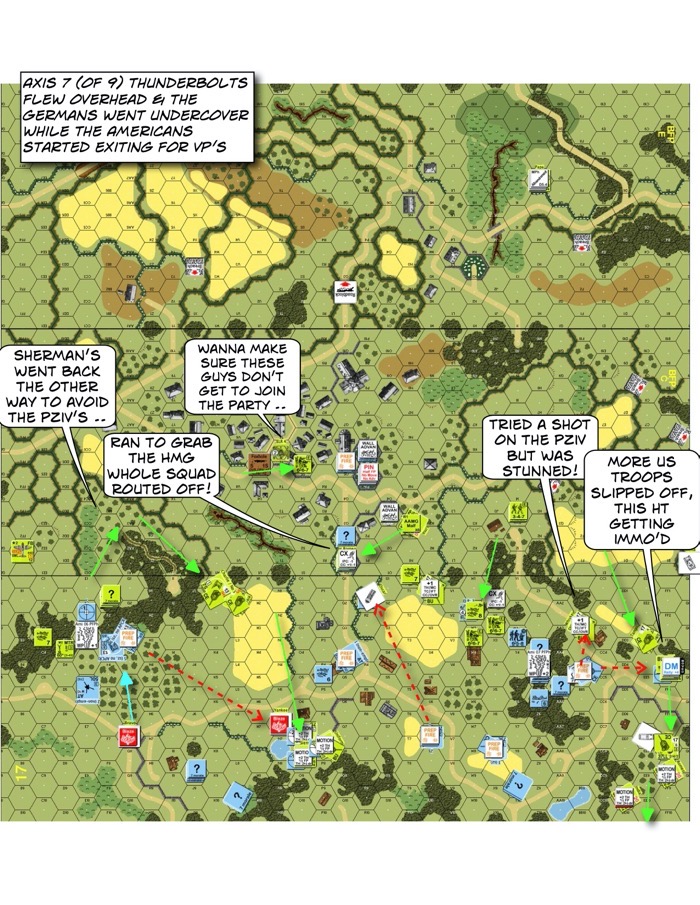CH97 Final Crisis at Blackpool – Advanced Squad Leader AAR
Scenario Background
It’s 24 May 1944 near Namkwin, Burma. “Blackpool” was the hill in the scenario that served as a blocking position against the Japanese. The 111th Indian Infantry Brigade constructed an airfield against it. However on this day in the Monsoon rain, the IJA cut inside the perimeters of Blackpool. Elements of the King’s Own Royal Regiment, the King’s Scottish Rifles and the 3/9th Gurkha Rifles mounted a counterattack in the torturous terrain, dense jungle and heavy rain.


Physical Location Map of Namkwin
Physical Map of Namkwin
Victory Conditions & Tactical Considerations
The IJA wins at game end if they have Good Order units who can lay down >= 4FP on the Flooded Pool you can see on the top right of the game map.
 The IJA starts in two groups. The first group of 6 squads setup in the airfield (no Smoke in the rain) in the face of a 75* Artillery, a murderous Bofors AA (IFE 8 ROF 2) and a leader who can make it rain 70mm OBA. The second group of 9 squads setup on the east side (lower side on the map) of the hill. To counter that group, the King’s Own Royal Regiment and the King’s Own Scottish Rifles setup on the hill top. A group of Gurkhas setup within 3 hexes of the Flooded Pool.
The IJA starts in two groups. The first group of 6 squads setup in the airfield (no Smoke in the rain) in the face of a 75* Artillery, a murderous Bofors AA (IFE 8 ROF 2) and a leader who can make it rain 70mm OBA. The second group of 9 squads setup on the east side (lower side on the map) of the hill. To counter that group, the King’s Own Royal Regiment and the King’s Own Scottish Rifles setup on the hill top. A group of Gurkhas setup within 3 hexes of the Flooded Pool.
The IJAs in the airfield have a short trip over Open Ground, barely protected by the falling rain drops. So I had them spread out as much as possible. The biggest task was to guess at where those ordnance were. Their task was to not have British ordnance shooting at the back of the group of IJAs making their way up the hill. The group of IJAs on the hill had a tough time ahead of them still. Going up the hill is 5MF per hex. Unless they were with a leader, that would make them go CX, which of course prevents them from Advancing further. Of course, if they managed to go 1 hex per turn they would theoretically make it to the Bamboo on the west (top) side of the hill. (Note: going downhill is 3MF, but there are Abrupt Elevation Changes which takes 5MF.)
On the other hand, there were concealed Scotsmen on the top of the hill and Gurkhas moving up the path. Being CX’d wasn’t the best thing to do, considering concealed Scotsmen would get -1 vs 0 on the CX’d IJA’s on Ambush rolls (+1 for non first line troops). Concealed Gurkhas would do -2. (Assuming the CX’d IJA would get advanced on.).
I thought about having a band of IJA making an end run around the hill long the path on the left, but they won’t come into play until Turn 3 or after. I set that aside as an option.
Advanced Squad Leader AAR

The Bofors went on a rate tear and wiped out half the IJAs (and their 8-0) down at the airfield. As a matter of fact, it tore up folks on one side, turned CA and continued to tore up folks on the other side! Their 7-0 got so emboldened that he ran out with his radio to get a better view of the IJAs going up the hill. The 75* ART came out on the left and shot at the IJA coming down the field. That prompted one of the squads from the hill to come down behind to help kill the crew. We killed the gun as well so as not to have a gun shoot us in the back later. The folks on the hill started to head up the path on the left, pushing some of the concealed enemies to respond. We hoped to get into the jungle before the Indian units in the airfield free themselves up.

The Gurkhas went up the west side of the hill path and really started shooting the IJA up with their heavy inherent firepower (12 pointblank!), HMG & MMG. Heavy Rain started which gave an addition +1 to the Dense Jungle’s +2 but the IJA forces kept shedding away. The Scotsmen on the left came into contact with IJA units and gave the CX’d IJA units an excuse to Banzai up another level! We needed to hit the Scotsmen on the flank quickly before our troops melt away like ice cream. Down in the field, we decided against making an end run around the hill but instead, move to tie down the Indian assets in the airfield. The Brit with the radio went into the Jungle after an IJA brokie, so we went after him and send a squad after the Bofors, which decided to move into the airfield for a better shot up the hill.

It’s Turn 4 and we were getting shot up at every fire phase. This could not be allowed to continue!! The Commonwealth troops were in contact still, so we triggered off 2 Banzai’s to propel IJA forces up the hill. The Commonwealth line was still holding. Three more MPh’s to go and their HMG/ MMG teams were still intact.
Down at the airfield we caught and killed the radio guy (no OBA!), meanwhile the Bofors moved further into the airfield.

The Commonwealth forces got smart and studiously avoided contact with our folks, so as not to trigger off more Banzais. At this point, I was pretty sure the defenders had more people than we do. We kept their brokie stacks under pressure but continuing to bash ourselves up against the Gurkha wall didn’t seem viable at this point. Things were not going well, the Indian troops even ambushed and killed our mortar team and stole our toys – the NERVE! Our folks at the airfield rushed up the hill in a bid to keep some of the Commonwealth forces on the airfield (east) side of the hill.
We realised however, that we didn’t have to get up close. We could bring our MMG/ LMG to the right side down the road and hit that pond (Flooded, hence at Level 0) with 4FP from a distance! (Credit goes to my opponent. We have been playing regularly for years. He’s the smart one.)
At this point, I told the scenario designer – Joe Leoce – that the IJA’s getting wiped out and that the Gurkha HMG & MMG were still there. He answered “you know where they are”.

We started to slide towards the left with our 2 leaders escorting our MMG & LMG squads. Other full squads piled in as well but half squads stayed on the ridge (abrupt elevation in a lot of places) to screen the Commonwealth off. We maintained a continuous line so as to threaten a massive Banzai. Some of the enemy forces filed down the hill path, looking to shoot us down on the road no doubts. We stripe but not break so we should be okay but hey, that’s what half of the dead on the airfield thought.

We moved onto the road with our 2 leaders. The Gurkhas opened fire in their last Prep while our folks closed their eyes and cringed!! They wounded the 9-1 and striped the crew but the MMG remained operational. With 10 FP on the pool, the Commonwealth conceded.
How is this scenario interesting?
We got tired just thinking of the 4 level hill, the Dense Jungle and the Heavy Rain!! Both sides battled the terrain as much as each other. As unforgiving as the terrain was, once you are committed to one course of action, there’s hardly any turning back. Sure, playing against the IJA can be nerve wrecking but so’s the IJA player’s need to manage his rate of attrition as the turns roll by. Putting the Gurkhas on the field also give the IJA something to be scared about. I think this scenario showcases the best elements in the ASL PTO experience. The IJA 28 vs Brit 25 scoring on ROAR suggests I am not alone.
This is a great scenario done by a talented designer no doubt: Joe Leoce. I met Joe back in 2014 when I dropped by the Albany tournament for a day. He took such great care of me that it shaped how I feel about the whole global ASL community to this day. Here’s a video I cut from that beautiful day:




